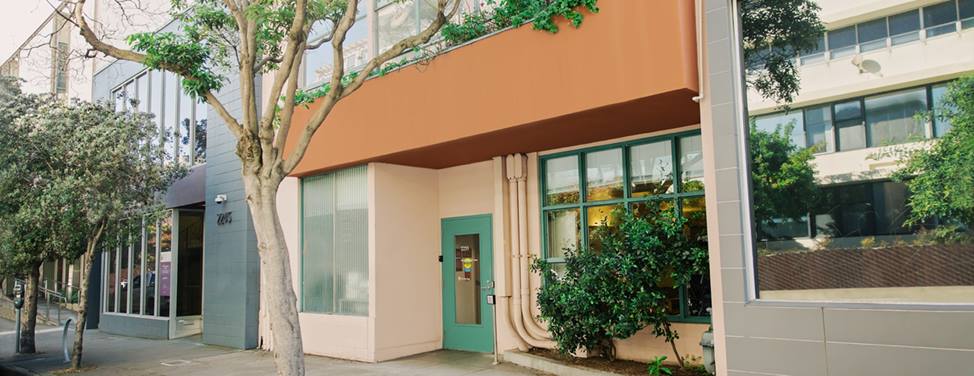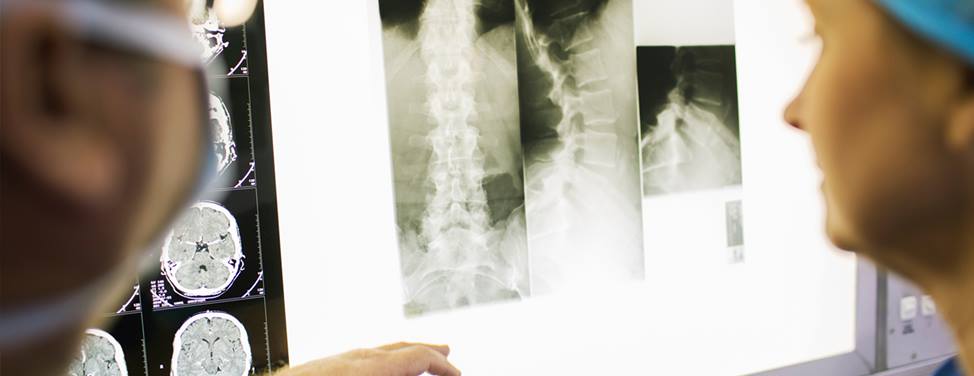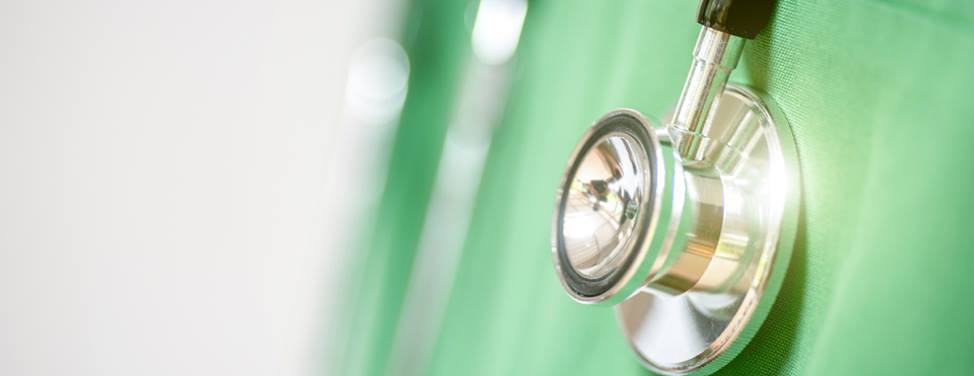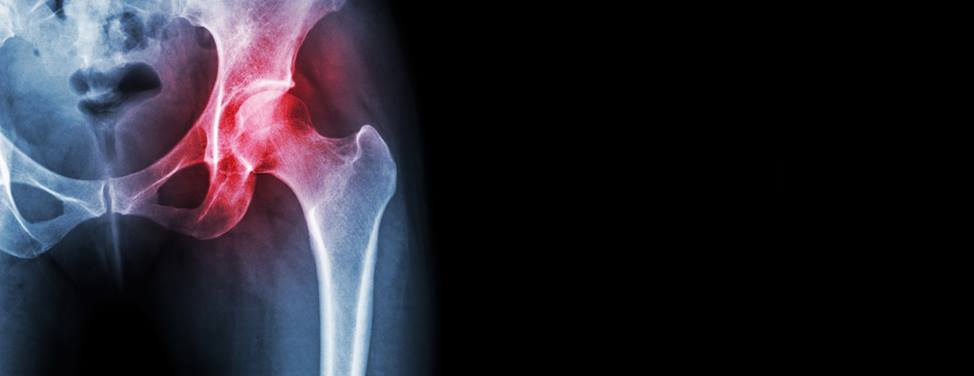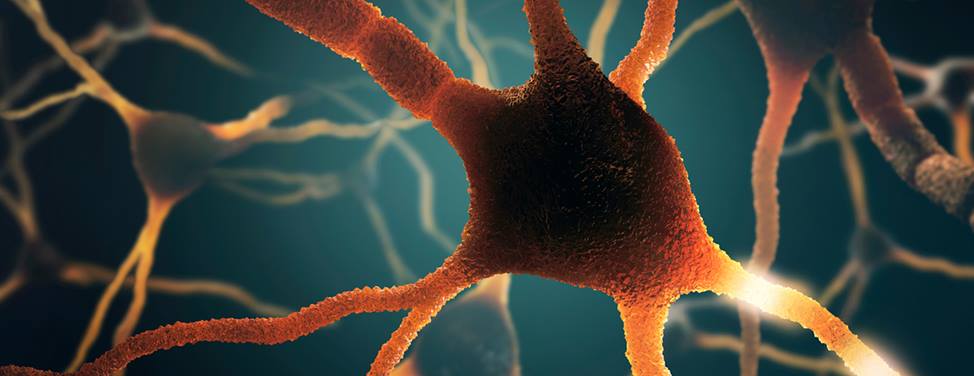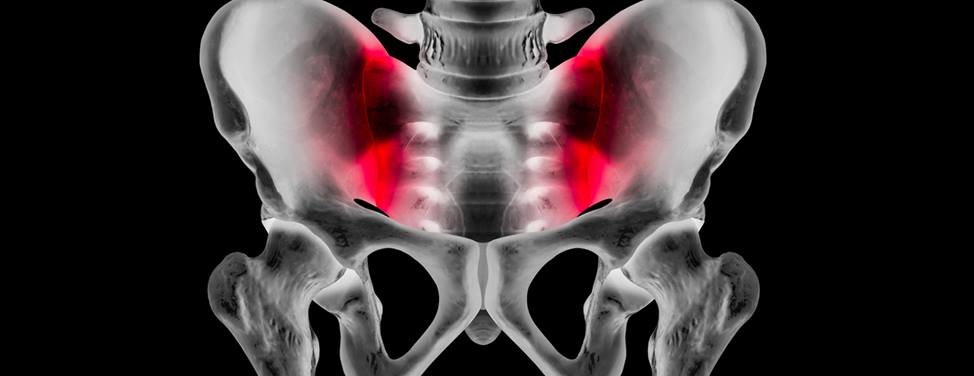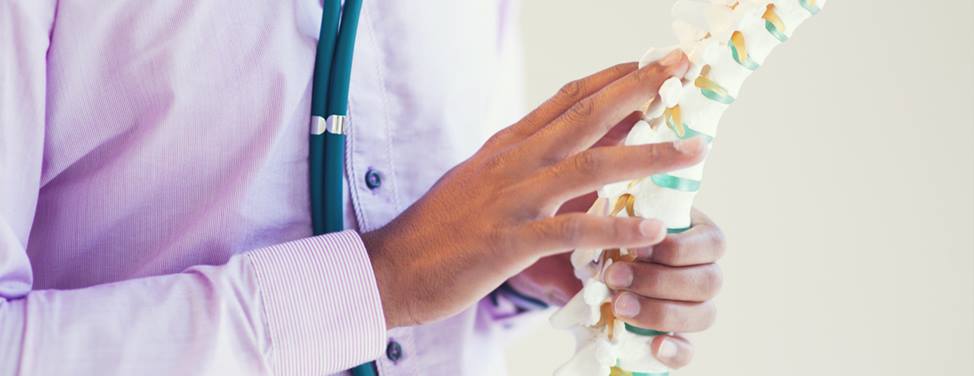Intrathecal drug delivery, also known as the "pain pump," uses a small pump to deliver pain medication directly to your spinal cord. The pump is surgically placed under the abdominal skin and delivers pain medication through a catheter to the area around your spinal cord.

Intrathecal Drug Delivery
Because the pain medication is delivered directly to your spinal cord, it can be more effective than taking oral pain medications, which must travel through your system before reaching your spine. The system can also control your pain with much smaller doses, which may reduce side effects.
Intrathecal drug delivery is used to treat pain from a variety of conditions, such as chronic back and neck pain, sciatica, chronic abdominal pain, failed back and neck surgery, cancer and reflex sympathetic dystrophy or complex regional pain syndrome. Your doctor may recommend this treatment approach if other therapies have not been effective at reducing your pain, or if you have not been able to tolerate other therapies.
Before a permanent pain pump is implanted, most patients have a trial procedure to determine if they are a good candidate for a permanent pump. This usually involves using a needle to place a temporary spinal catheter, followed by an inpatient stay of several days while pain medication is infused through it. In other cases, a single or series of pain medication injections around the spine are given on an outpatient basis. If your pain is better controlled or if side effects from your usual pain regimen are improved, you may be offered implantation of a permanent spinal drug pump.
Preparation
- Please arrange to have someone drive you home after the procedure, as you will not be able to drive or operate machinery for at least 24 hours after the procedure. You may have the option of staying in the hospital overnight depending on the circumstances.
- Do not eat or drink anything after midnight the night before the procedure, except for a small amount of water if needed to take medications on the day of the procedure.
- If you have diabetes and use insulin, you must adjust the dosage of insulin the day of the procedure. Consult the doctor who manages your insulin or diabetes medication for any necessary adjustments. Bring your diabetes medication with you so you can take it after the procedure.
- If you take any blood thinning medications or antiplatelet medications, these must be stopped with the permission of your doctor who manages these medications.
- Continue to take all other medications with a small sip of water. Bring all medications with you so you can take them after the procedure. It is important to note that you must not stop taking any medication without first consulting with your primary or referring doctor.
Procedure
You will receive general anesthesia or sedation during the implantation. A small incision is made in the middle of your back so that the catheter — a small plastic tube — can be placed in the intrathecal space surrounding the spinal cord. An incision is made in the side of your abdomen below the waistline where the pump will be implanted, and the catheter is passed under the skin from your back to the abdomen pocket, where it is attached to the pump. The pump is a round metal device about the size of a hockey puck. Once the pump is correctly positioned, the incisions in your back and abdomen are closed with sutures or staples.
The pump is programmed to slowly release medication over a period of time. It can also be programmed to release different amounts of medication at different times of the day, depending on your needs. The pump stores the information about your prescription in its memory, and your doctor can easily review this information with the programmer.
When the reservoir is empty, the doctor or nurse refills the pump by inserting a needle through your skin and into the fill port on top of the reservoir.
Recovery
Serious side effects and complications are uncommon. The most common problem is pain at the site where the pump was inserted. Your doctor will give you pain medications to manage this pain. Your doctor will also discuss when you can resume your normal activities.
To prevent the catheters from moving out of place, please avoid the following activities for six to eight weeks after your surgery:
- Bending, twisting, stretching or lifting objects more than five pounds
- Raising your arms over your head
- Sleeping on your stomach
- Climbing many stairs or sitting for long periods of time
UCSF Health medical specialists have reviewed this information. It is for educational purposes only and is not intended to replace the advice of your doctor or other health care provider. We encourage you to discuss any questions or concerns you may have with your provider.






